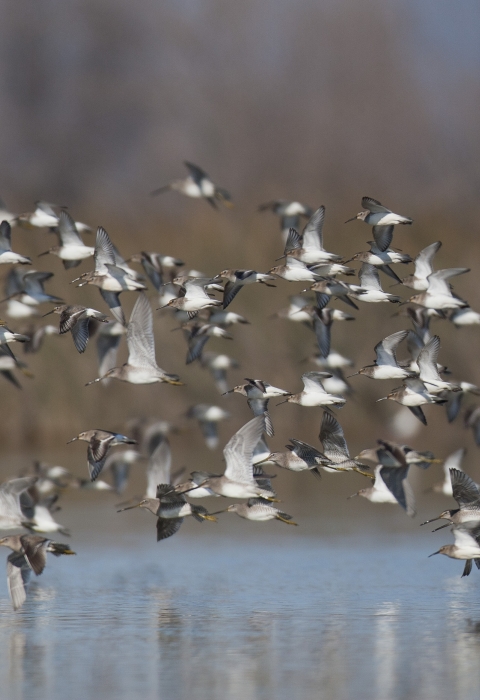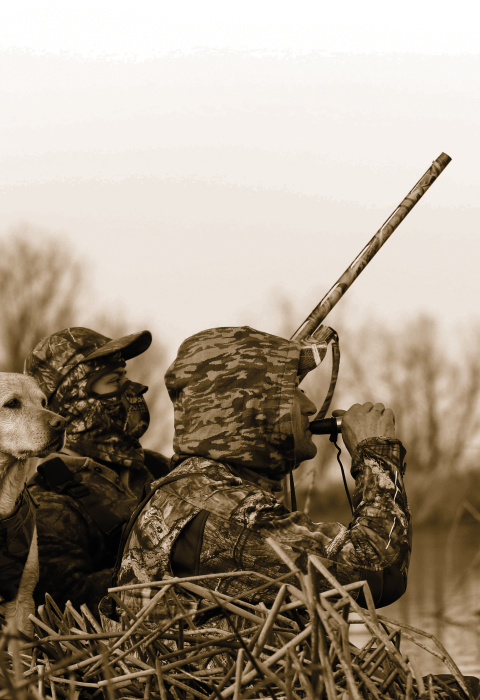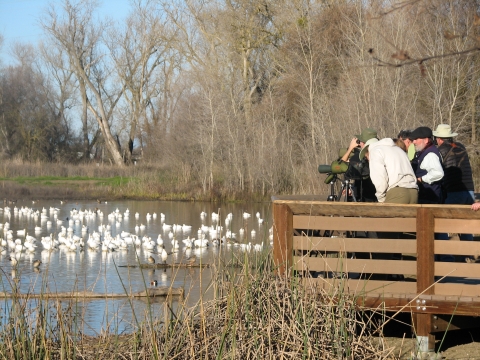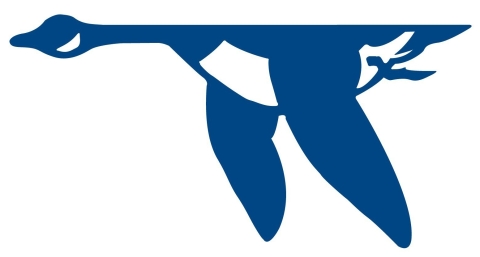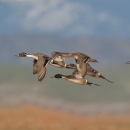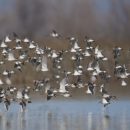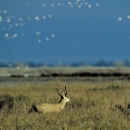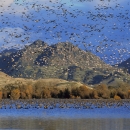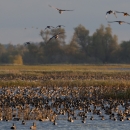About Us
Colusa NWR was established in 1945 as a refuge and breeding ground for migratory birds and other wildlife and to reduce damage of agricultural crops caused by waterfowl.
The refuge lies in the Colusa Basin and is bisected by the Colusa Basin Drain, which drains the basin southeast to the Sacramento River. The low topography and presence of the Colusa Basin Drain makes refuge lands subject to regular winter flooding.
Thousands of waterfowl are present from September through March. Peak populations occur in December and January. Colusa NWR regularly supports peak wintering populations of over 150,000 ducks and 60,000 geese. Many birds including nesting wood ducks and mammals can be seen year-round.
The habitats include seasonal marshes, permanent ponds, and uplands. The seasonally flooded, saline-alkali soils provide great habitat for the palmate-bracted bird's-beak, a federally listed threatened plant species. It is an annual herb in the snapdragon family and its petals are divided into two lips with the upper one shaped like a bird's-beak, leading to its name.
Our Mission
The mission of the National Wildlife Refuge System is to administer a national network of lands and waters for the conservation, management and, where appropriate, restoration of the fish, wildlife and plant resources and their habitats within the United States for the benefit of present and future generations of Americans.
Other Facilities in this Complex
Colusa National Wildlife Refuge is managed as part of the Sacramento National Wildlife Refuge Complex, with headquarters at Sacramento National Wildlife Refuge. The Refuge Complex is comprised of 5 National Wildlife Refuges (Sacramento, Delevan, Colusa, Sutter and Sacramento River NWRs) and 3 Wildlife Management Areas (Willow Creek-Lurline, Butte Sink and Steve Thompson North Central Valley WMAs).
